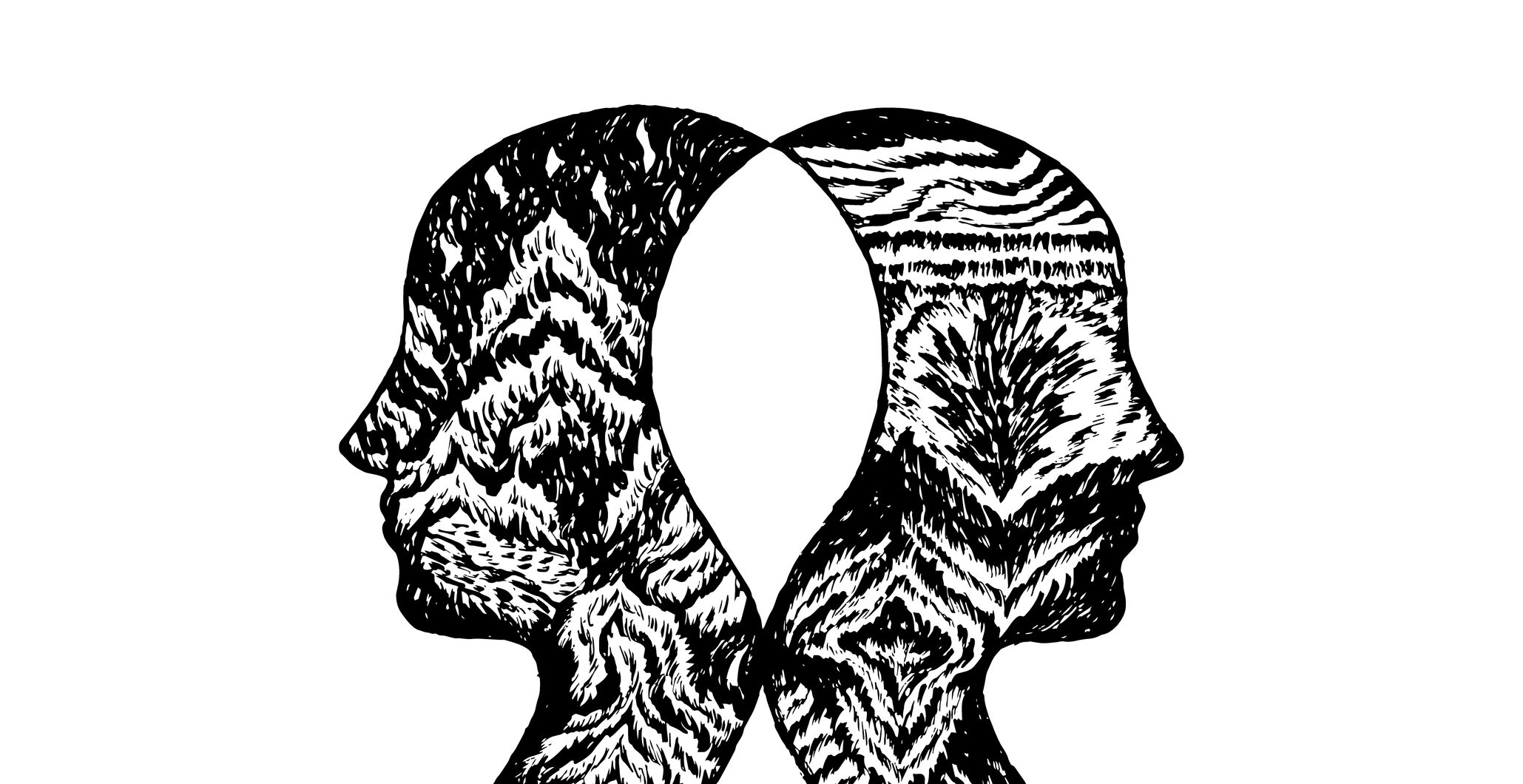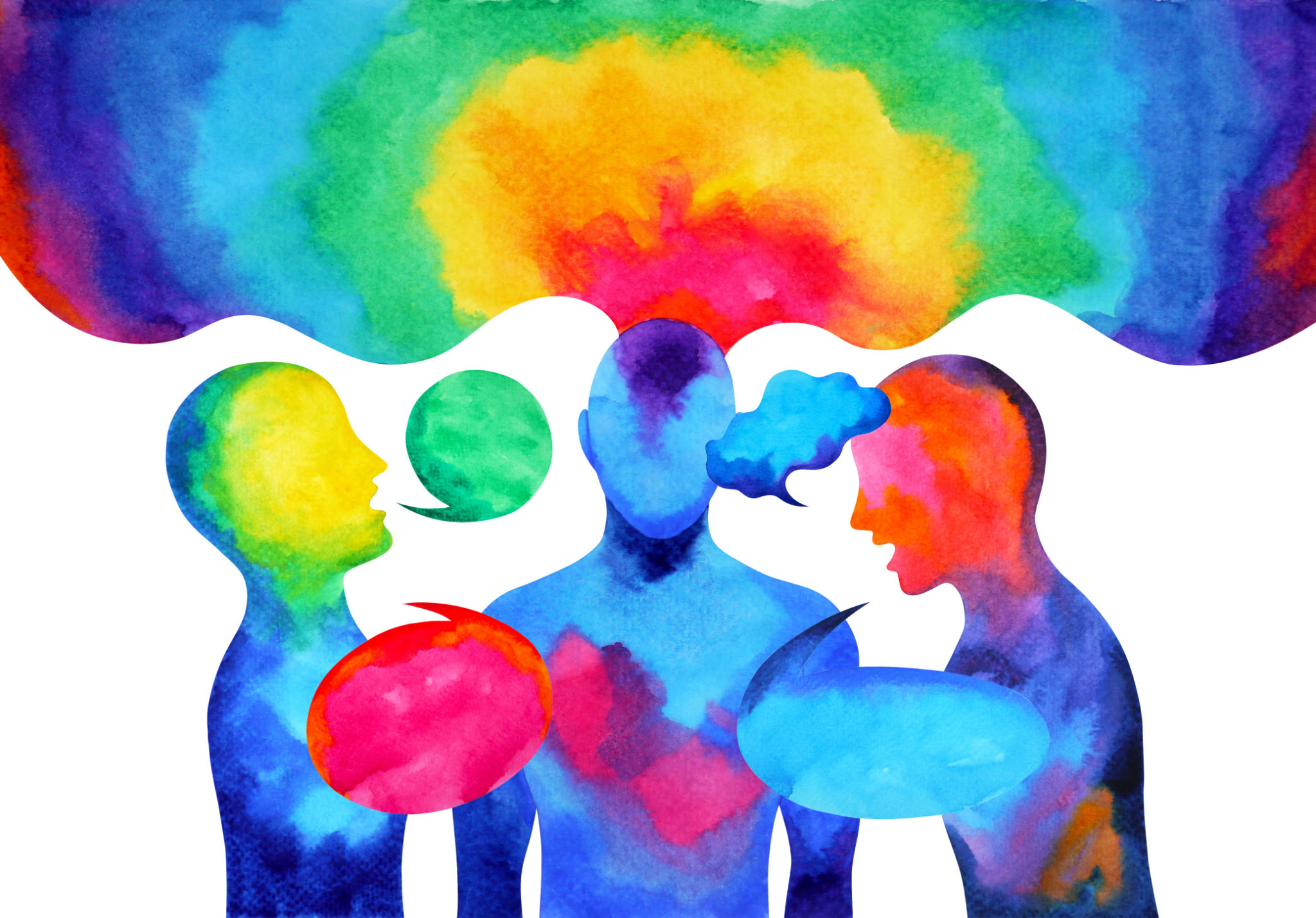Category: Resources

Good vs. Toxic Polarization
Polarization is generally considered a necessary and healthy aspect of democratic societies. In his writing on social change work, Quaker activist and trainer George Lakey compares polarization to “a blacksmith’s forge,” one...

Trauma Healing
Unaddressed traumas pose significant challenges to building a healthy democratic society, exacerbating intra-group and inter-group conflicts and making it difficult to find common cause. Healing individual and group traumas is...

Restorative Movement Building
What does it mean to challenge injustices and address societal harms in ways that strengthen social bonds and encourage longer-term healing? Restorative Movement Building is at the nexus of social...

THE PILLARS PROJECT: Veterans and Military Families
*By former Director of Applied Research Jonathan Pinckney. Why should veterans and military families care about authoritarianism? American democracy is in a moment of crisis. Long-standing authoritarian trends and practices...

THE PILLARS PROJECT: Labor Unions and Professional Associations
*This article was written by former Director of Applied Research Jonathan Pinckney. Why should labor unions and professional associations care about authoritarianism? American democracy is in a moment of crisis....

THE PILLARS PROJECT: The Faith Community
*This article was written by former Director of Applied Research Jonathan Pinckney. Why should faith communities care about authoritarianism? A flourishing democracy is one of the strongest protections for the...

THE PILLARS PROJECT: The Business Community
*This article was written by former Director of Applied Research Jonathan Pinckney. Why should business leaders care about authoritarianism? There is a long-standing recognition among many American business leaders that...

Exploring Narrative Practices for Broad-based Movements in Contexts of Democratic Decline
*This piece was originally published on March 1, 2023 on OpenGlobalRights by Chief Network Weaver Julia Roig and James Savage. Versión en Español The rise in authoritarianism and democratic decline around the...

Narrative Engagement Across Difference (NEAD) Project
The Narrative Engagement Across Difference (NEAD) Project is a unique consortium of actors – organizers, philanthropists, and academics – who have come together to gather insights into collaboration across difference in the...

How to rise above partisan politics to uphold our democracy
Recent polls have revealed that “threats to democracy” are a top priority for many of us living in the United States. On the one hand, this is good news. Acknowledging the...
